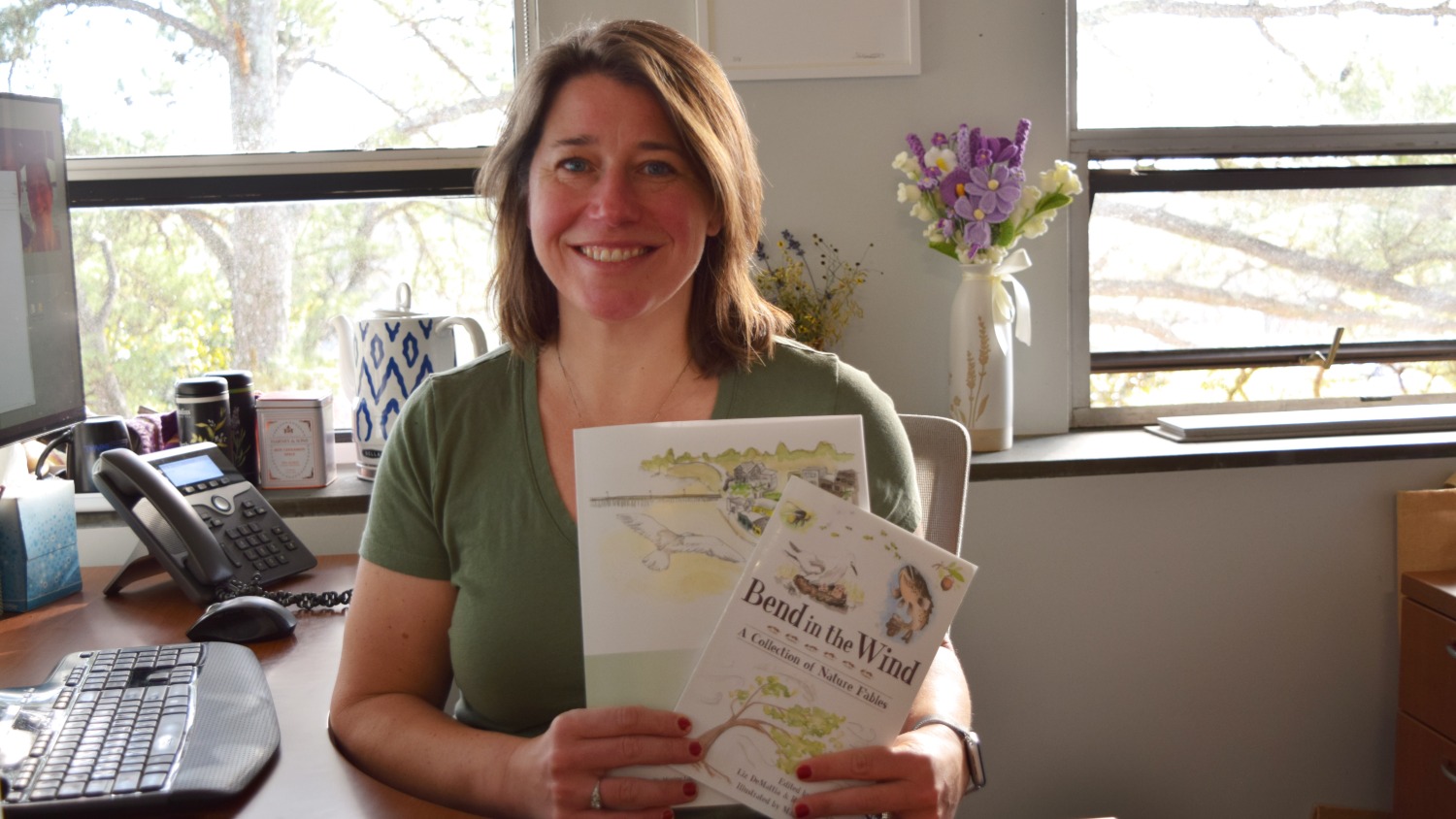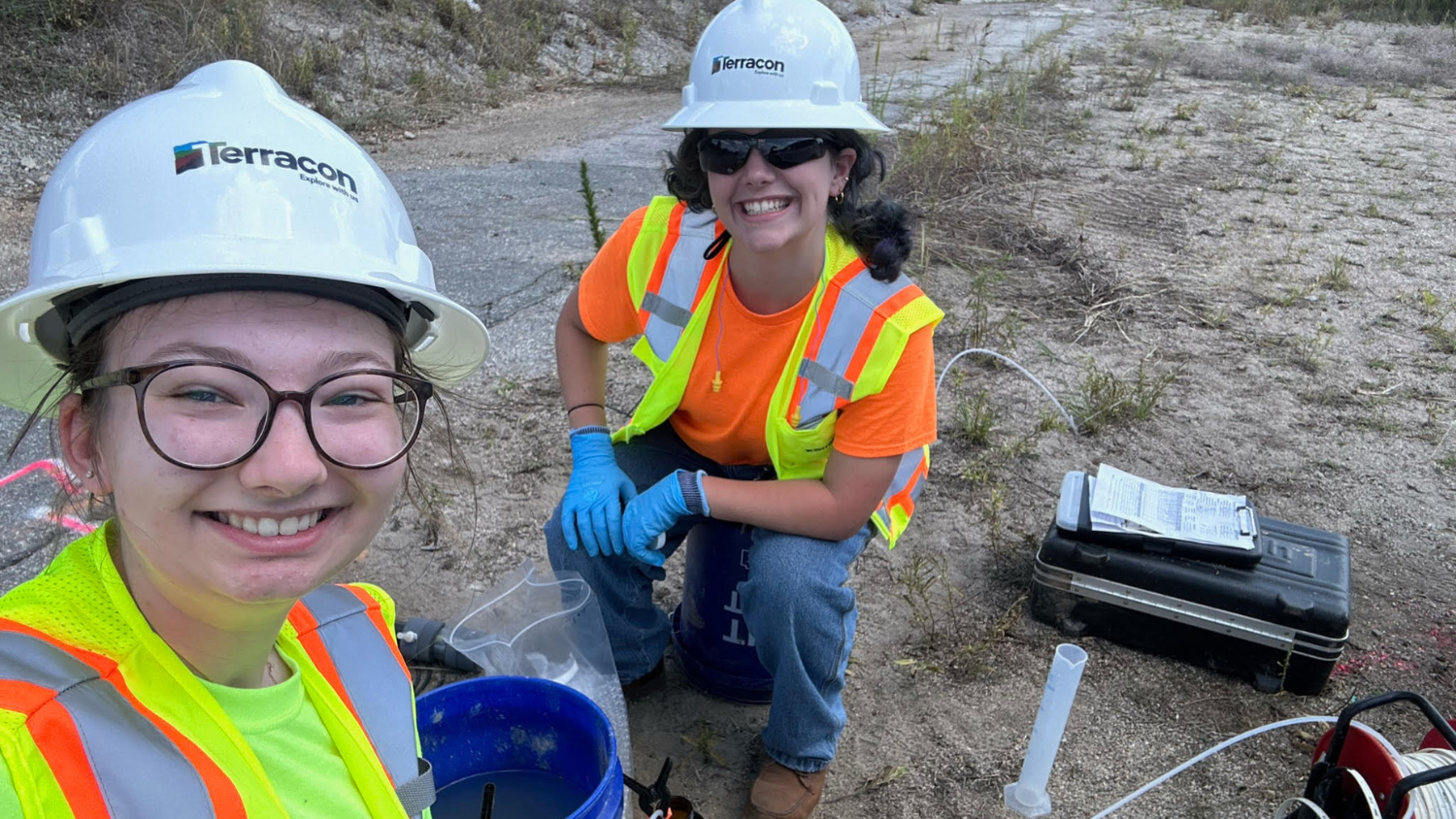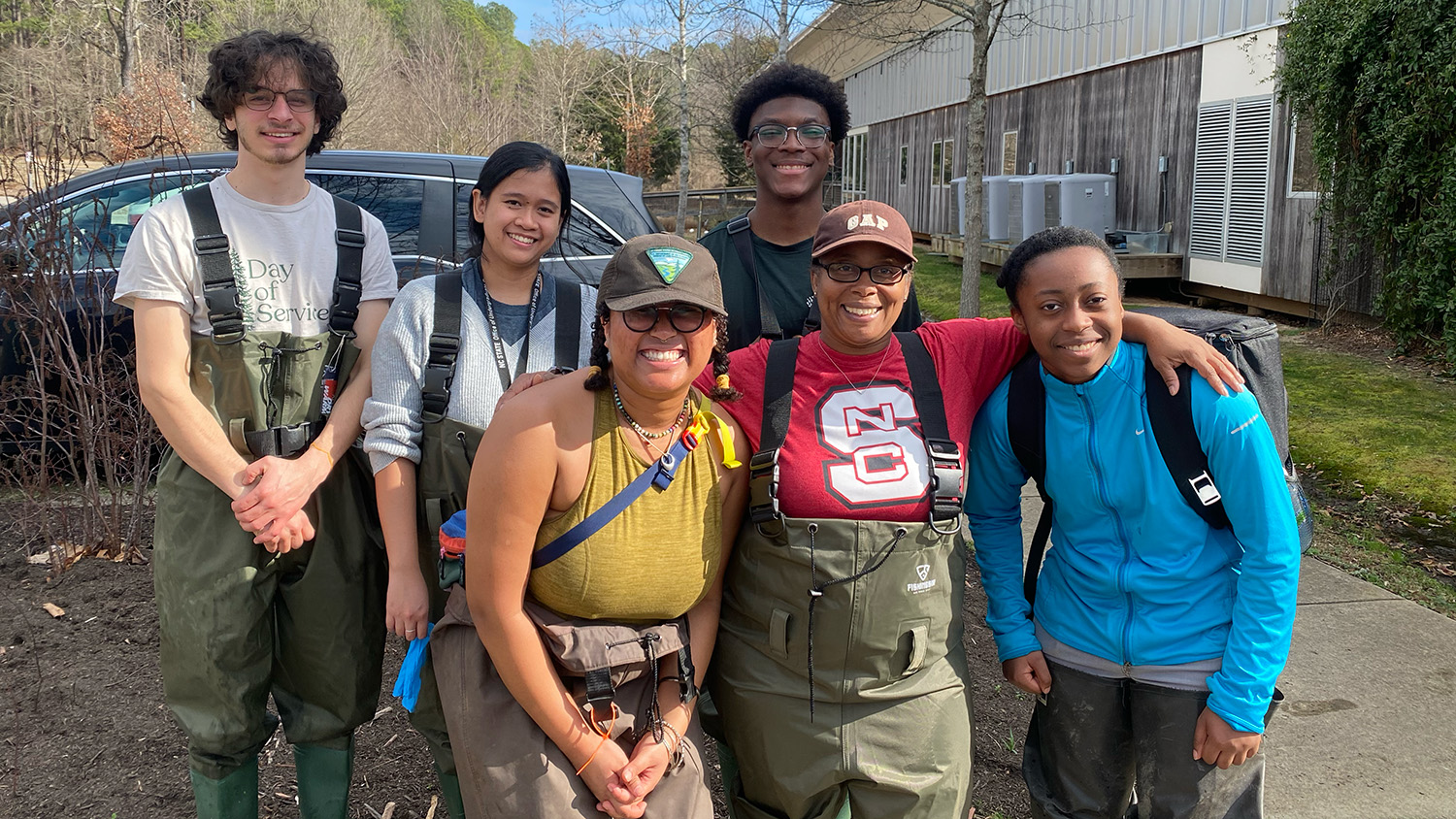Natural Resources Professor Promotes Post-Disaster Resilience in Impacted Communities

Every year, millions of people around the world are affected by hurricanes, wildfires and other natural disasters. These events can be especially traumatic for children and teens because they are less likely to have experience coping with stressful situations.
Kathryn Stevenson, an associate professor in the Department of Parks, Recreation and Tourism Management at North Carolina State University, is working to address this challenge by supporting teachers in resilience-focused disaster response.
Stevenson, who leads the NC State Environmental Education Lab, is one of several experts who are working with Liz DeMattia of Duke University’s Marine Lab to help develop and disseminate the Ready, Set, Resilience curriculum.
The curriculum, which originated from DeMattia’s previous work with the Boys and Girls Club to help kids whose lives had been disrupted by Hurricanes Florence and Dorian and the COVID-19 pandemic, is rooted in the use of storytelling to connect ecological, personal and social resilience.
More specifically, the curriculum aims to prepare middle school teachers in post-disaster scenarios to use examples of ecological resilience to teach their students self-regulation, optimism, community connection and other qualities related to personal resilience.
“At its core, the curriculum is intended to help students build resilience skills so that they can better deal with adversity,” Stevenson said.
One of the ways the curriculum aims to accomplish this is through the use of fables to explain the tenets of personal resilience, according to Stevenson. The fables were drafted by Duke University students and edited by DeMattia and Duke University Marine Lab’s Community Engagement Fellow Rory McCollum.
The fables, now published in a book titled “Bend in the Wind,” follow personified plants and animals whose communities support them through storms and other ecological challenges to “show resilience in action.”
In one of the fables, for example, a young oak tree learns that it is able to withstand hurricane-force winds because of its strong, flexible wood and the fact that its deep and extensive roots intertwine with those of other nearby oak trees.
“What we’ve found is that these fables allow students to explore really heavy topics at a psychologically-safe distance by showing them how nature has adapted to withstand some of the issues they’re dealing with,” Stevenson said.
She added that the fables also invite students to reflect on and celebrate the importance of community in providing a support system for personal resilience, as illustrated in the fable about the young oak tree.
In addition to the fables, DeMattia partnered with Patrick Jeffs, the founder and CEO of The Resiliency Solution, to introduce a number of somatic activities into the curriculum. Founded in 2018, The Resiliency Solution aims to train people in the principles of resiliency. It serves a variety of industries, including healthcare, government, business, higher education and more.
Some of the activities introduced so far have included somatic breathwork, a therapeutic practice that uses breathing techniques to help release physical and emotional tension, and “Three Good Things,” an activity that involves students listing three positive experiences and reflecting on how those experiences made them feel.
Stevenson said the activities, fables and other curriculum materials present a novel take on resilience education by combining it with trauma-informed practices. This approach helps inform students about ecological vulnerabilities and restoration strategies that promote ecological resilience, while also helping them recognize and address any emotional stress they might be experiencing after a natural disaster.
The curriculum’s impact also extends beyond students, according to Stevenson. Her lab’s research on intergenerational learning has found that educating children about climate change and other environmental issues can lead them to talk about these issues at home, connecting them to what their children are learning in school.
In the case of the Ready, Set, Resilience curriculum, its focus on schools has presented an opportunity to reach entire communities. Schools often act as community resources after natural disasters, providing emotional support to students and their families.
“This curriculum is a response to teachers having to address community trauma through supporting their students, and it’s structured in a way that invites communities into the conversation about building resilience,” Stevenson said.
Duke’s Community Science Initiative and Stevenson’s Environmental Education Lab have worked closely with teachers at Durham Public Schools and Carteret County Public Schools over the last few years to pilot the curriculum, holding workshops to collect their feedback.
The team recently partnered with the Kenan Fellows Program for Teacher Leadership, for example, to bring several middle school teachers from Carteret County Schools to NC State and Duke University to help create new lessons for the curriculum.
“Teachers are experts on standards and what their students need. They also know their communities and how to be culturally responsive,” Stevenson said. “They have been integral partners because they’re able to describe what works and what doesn’t.”
Because of their partnership with teachers, the Ready, Set, Resilience team has co-developed a curriculum that’s applicable to any middle school subject, whether it be math or science or English Language Arts or social studies.
Their work also extends beyond the curriculum. Stevenson and her collaborators, for example, have supported teachers to develop and implement resilience-focused community engagement events in their communities, including fable story walks at Earth Day events in Durham and Carteret counties.
Going forward, the team plans to continue piloting the curriculum. They recently held workshops with teachers at Yancey County schools and non-formal educators in Buncombe County in the wake of Hurricane Helene.
“ We are just so excited that Ready, Set, Resilience seems to be really supporting teachers and students,” Stevenson said. “We hope to be able to come wherever we are invited, whether it is western North Carolina or anywhere else.”
Educators who are interested in the Ready, Set, Resilience curriculum can purchase “Bend in the Wind: A Collection of Nature Fables” and the accompanying activity booklet through Itasca Books Distribution.
- Categories:


